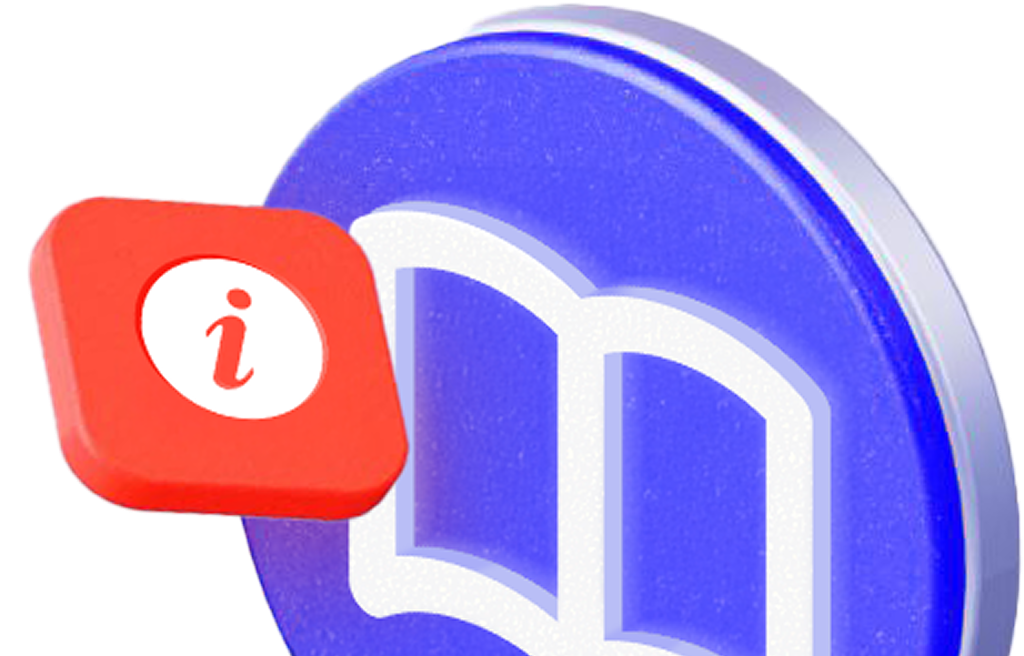Resources

What is the difference between a bank and an EMI?
In recent years, many alternative account solutions have emerged, offering business accounts and payment cards. As a business owner, it can be confusing to navigate through the many abbreviations and understand the differences between a bank and an EMI (Electronic Money Institution).
Money and payments are a central part of running a business – but what should you choose? Where is the uncertainty, and how does it work?
What is a Bank?
A bank is a financial institution that offers a wide range of solutions, including accounts, cards, loans, investments, and other financial services.
To operate, a bank must have a banking license. A bank can use customers' money to provide credit, such as loans and credit cards. Banks are closely monitored by financial authorities, but essentially, they invest their customers' deposits with the expectation of a return.
One advantage of a bank is access to physical branches and cash. Most banks still have offices where customers can meet employees and make deposits and withdrawals, although this is gradually being phased out as fewer businesses require cash or physical contact with the bank.
What is an EMI?
An EMI differs from a bank in that it is not allowed to provide credit or invest customers' money. An EMI functions more like a "piggy bank," where customers' funds are stored in an electronic account that only the business has access to.
EMIs can offer payment cards from, for example, VISA or Mastercard. There may be fees and subscription costs, but unlike banks, the funds are not invested.
An EMI does not offer access to cash (except via debit cards and ATMs) and usually does not have physical branches. Instead, customer support is provided via phone, email, or live chat, which can significantly reduce operating costs.
Many businesses choose EMIs due to lower fees, flexible currency accounts, and faster payments, both locally and internationally.
Should I choose a Bank or an EMI?
Before choosing a solution, you should consider the following questions:
Does my business need credit or loans?
Can we operate the business without loans or overdrafts?
Do we have a good relationship with the bank to obtain credit?
If you answer "yes" to these questions, you should choose a bank.
However, many businesses use EMIs and supplement with external loan solutions from, for example, QRED, Lendo, or Lånio, which offer business loans without requiring a traditional bank account.
Which account solution is best for Your business?
Local account: Do you need a Danish bank account, or is a multi-currency account sufficient?
IBAN and payments: Do you need a local IBAN number, or can you wait up to five business days for SWIFT transfers?
Currency accounts: Does your business operate internationally? Need currency exchange and local accounts?
Mobile access: Do you need an app that provides real-time account and card overview?
Accounting integration: Should the account be connected to your accounting system? (Zento integrates with Kontolink)
Local features: Should the account support NemKonto, Betalingsservice, or Bankgiro?
Payment cards: Do you need to pay with a card or accept card payments from customers?
Tax payment: Should you easily be able to pay VAT and taxes directly from the account?
Fast payments: Should the account support instant payments in local currency?
What is the right choice for Your business?
If your business needs loans and credit, you should choose a bank. However, if you need a flexible digital business account with low fees and fast payments, an EMI might be a better solution.
See more about how you can apply for a business account via Zento